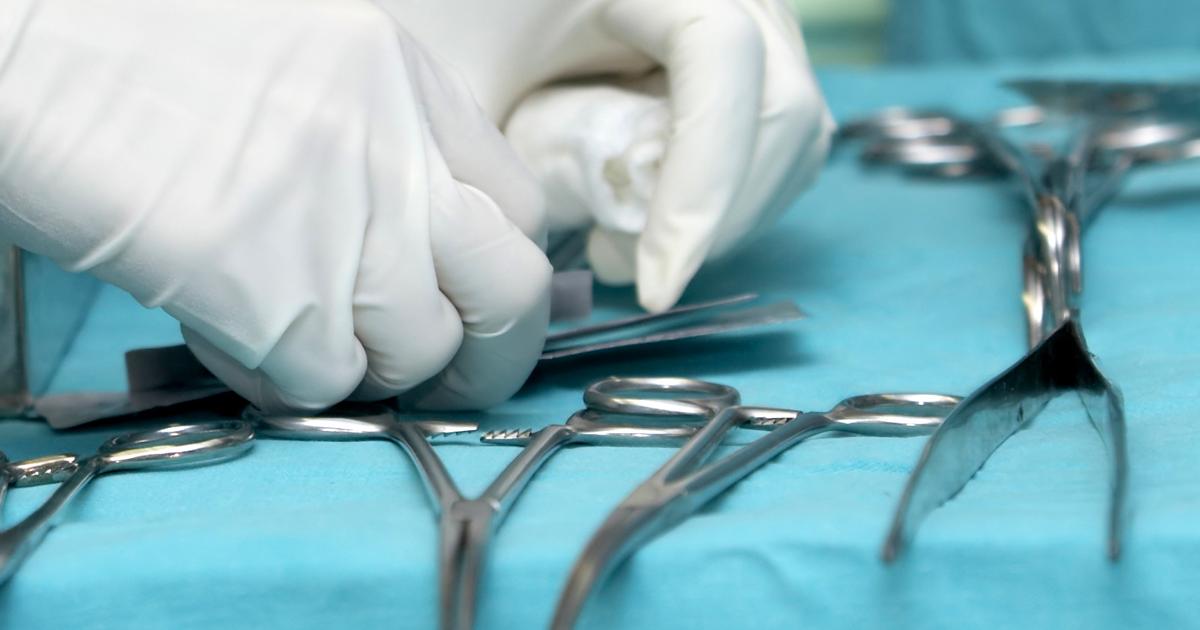Options For Bone Cancer Treatment
The bones in an individual's body are hollow. Light, spongy bone tissue sits inside of a hard outer bone layer called the cortical layer. The bone marrow sits inside of a space referred to as the medullary cavity. Any type of cancer can spread to the bone tissues, but cancer that starts from a bone cell is referred to as primary bone cancer. There are several types of bone cancer, including chondrosarcoma, osteosarcoma, Ewing tumor, malignant fibrous histiocytoma, fibrosarcoma, giant cell tumor of bone, and chordoma. Common symptoms that manifest in bone cancer patients include swelling, pain, fractures, weight loss, fatigue, trouble swallowing, numbness, tingling, and weakness. Bone cancer is diagnosed using CT scans, x-rays, MRI scans, PET scans, radionuclide bone scans, and bone biopsy.
Tumor Resection

Most bone cancer patients will need to undergo tumor resection for treatment. Tumor resection is a procedure used to remove the cancerous tumor and some of the tissues surrounding the tumor. In a tumor resection for bone cancer, the goal is for the surgeon to remove as much cancer as possible, while also saving as many neighboring vessels, nerves, and tendons. Individuals with bone cancer that has spread into these tissues cannot have a successful tumor resection that spares their limb physically and functionally. The section of bone containing the malignancy is cut out entirely, and the remaining ends of the bone are reconnected with an endoprosthesis or bone graft. The bone graft or endoprosthesis is meant to replace the section of bone that has been removed. Over time, the remaining bone fuses to the graft or endoprosthesis, allowing it to function normally. A tumor resection often requires long and intense rehabilitation during recovery to learn how to use the limb again.
Curettage

An individual affected by bone cancer that occurs in certain bones may need treatment with a procedure called curettage, which is only used for bone cancer that cannot be resected or excised safely like those in the skull and spine. During a curettage, the physician uses special tools to scrape the tumor out of the patient's bone. This method allows most of the tumor to be removed without actually removing a full section of the bone. This process causes a hole to be left behind in the bone where the cancerous cells were scraped out. In most cases, this procedure alone is not enough to eliminate all of the cancerous cells in the bone. Two methods can be used following a curettage to kill the leftover cancer cells. Cryosurgery is a procedure where the hole left from the curettage is filled with liquid nitrogen. The liquid nitrogen freezes away the tumor cells been left behind after curettage. Bone cement is another method used following curettage where liquid cement is poured into the hole. The liquid cement becomes very hot as it hardens, killing the remaining cancer cells.
